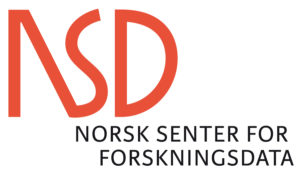Abstract:
Inequality indices, such as the Gini index or the Schutz index, are applied in numerous scientific disciplines and their properties have been analyzed in multiple studies. On the other hand, disproportionality indices are known in relatively narrow disciplines and their properties were described much less frequently in comparison with inequality indices. This type of indices is worth considering more thoroughly for at least two reasons. Firstly, many inequality indices are special cases of disproportionality indices. Secondly, these indices can be a convenient tool to compare the structures of any pairs of allocations and consequently, to measure their discrepancies. While measures of inequality enable the study of income inequalities or wealth inequalities, disproportionality indices can also be used to analyze inequalities between income and wealth distributions.
This paper proposes a disproportionality index whose particular case is the Gini index. Using the relationship between the Pietra/Schutz and Gini indices and the analogous relationship between the Loosemore–Hanby index and the constructed index, it is shown what properties it has and what kind of information this index can provide. These considerations are illustrated by an example of measuring the discrepancies between allocations taken into account as patterns within the planned reduction of pesticide sales in the European Union countries under the Farm to Fork Strategy.





